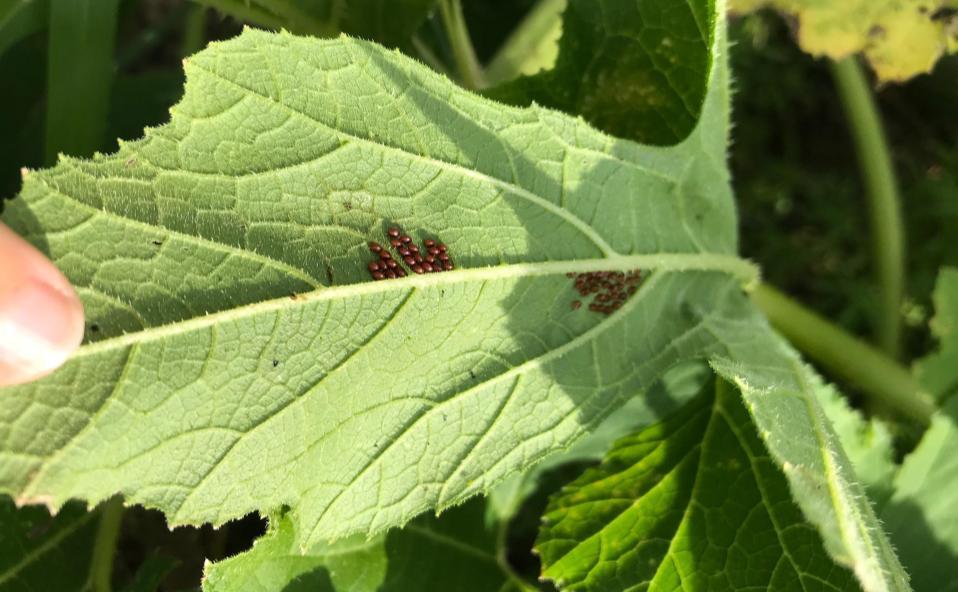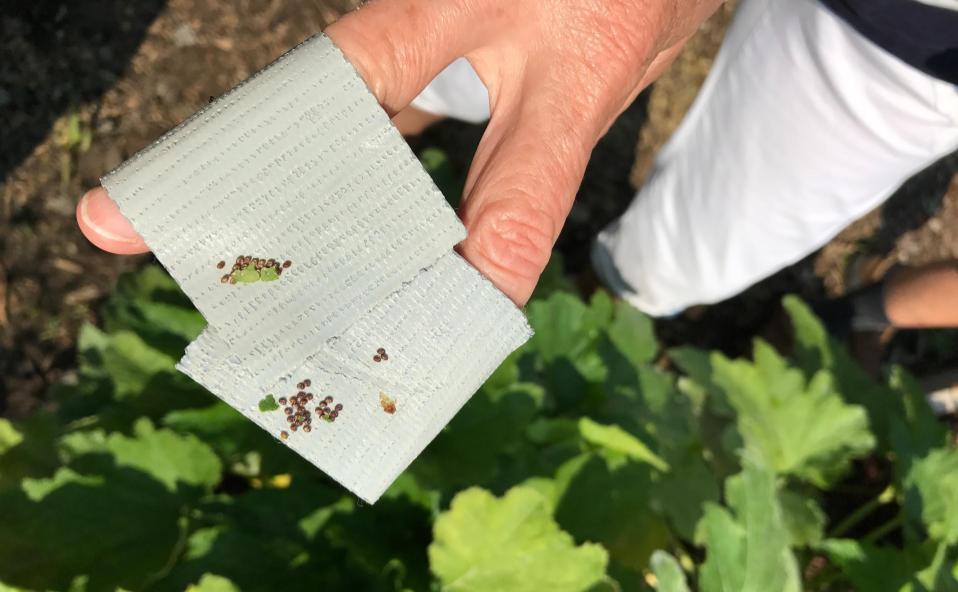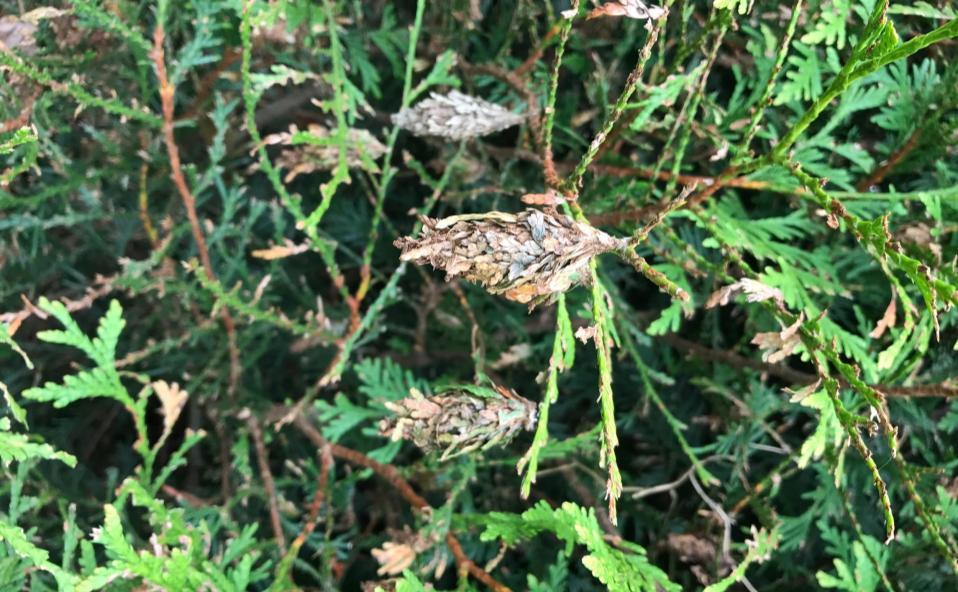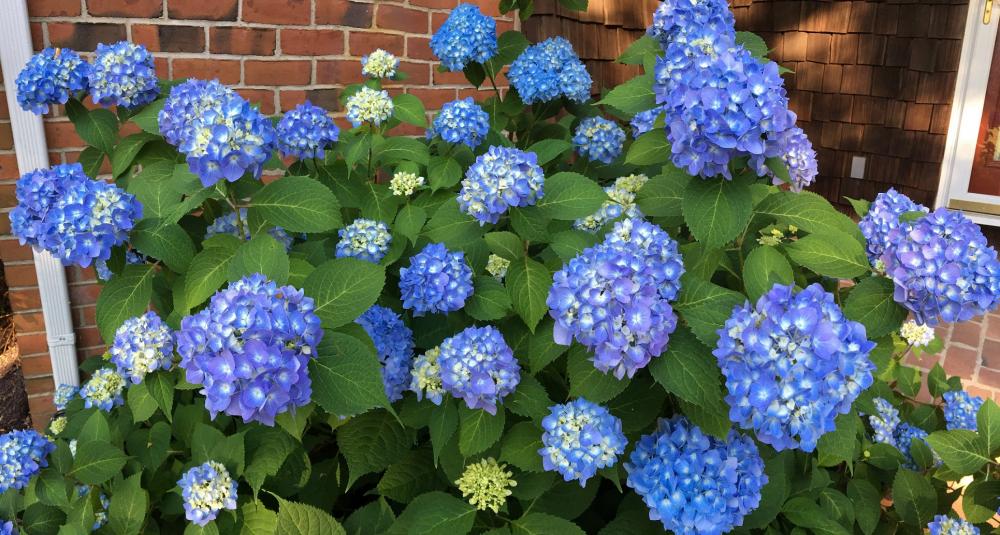The delightful hum of lawnmowers is right around the corner. Soon we’ll be tackling outdoor tasks that have been calling our names during the cold winter months. As we transition into warmer days, our 2025 summer “Ask A Master Gardener Plant Clinics” will be traveling around Queen Anne’s County to various events and open houses. This is a great opportunity to have Master Gardeners help with all your questions about gardening, from garden pests, to plant problems, to selecting the perfect native plants, and beneficial insects. Master Gardeners will be on hand to give tips and tricks to make your home garden flourish, help troubleshoot tricky growing situations, and offer encouragement on creating the perfect garden for your space. These events are free and open to the public.
Dates/Topics:
April 19, 2025- It’s Grow Time at An Eastridge Garden (533 Dulin Clark Road Centreville, MD 21617) – Master Gardeners will be on hand to discuss tips and tricks to getting things ready in your garden.
From 10 am to 2 pm
May 3, 2025 – Creating a Bay-Wise Garden at Greenwood Creek Nursery (201 Bennett Point Road Queenstown, MD 21658) Master Gardeners will be on hand to guide you throw gardening to help the Chesapeake Bay.
From 10 am to 2 pm
May 24, 2025-Enhancing your garden with native plants at A Little Farm and Nursery (100 Davidson Drive Stevensville, MD 21666). Master Gardeners will be on hand to discuss picking the right native plant for the right place.
From 10 am to 2 pm
June 7, 2025- If you plant it they will come, Pollinators at Unity Church Hill Nursery (3621 Church Hill Road, Church Hill, MD 21623). Master Gardeners will be on hand to discuss how to add pollinator-friendly plants to your garden!
From 10 am to 2 pm
For further information please call or reasonable accommodations to participate in this event contact the University of Maryland Extension Rachel Rhodes, at (410) 758-0166 or [email protected]
University programs, activities, and facilities are available to all without regard to race, color, sex, gender identity or expression, sexual orientation, marital status, age, national origin, political affiliation, physical or mental disability, religion, protected veteran status, genetic information, personal appearance, or any other legally protected class.
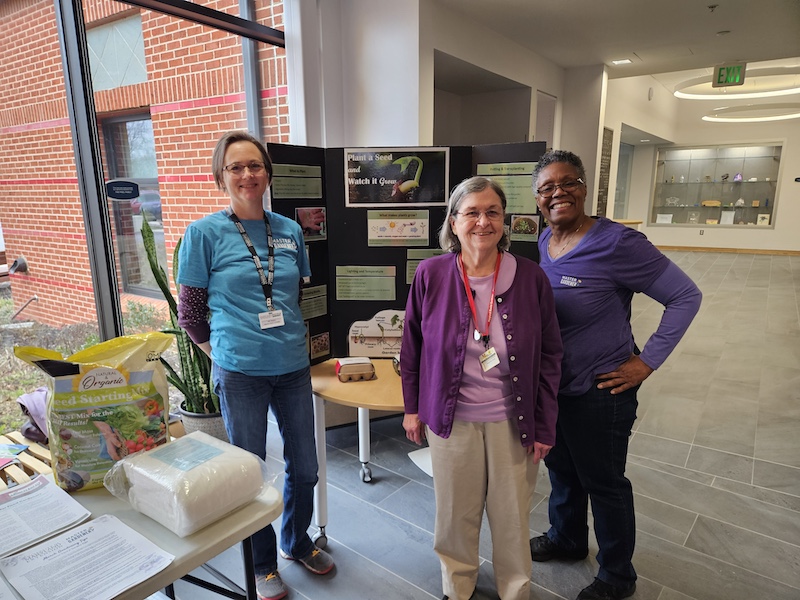


 In a few weeks, we will celebrate the official start to summer on June 21st. For those of us in the Northern Hemisphere, the varieties of plants that you plant after this point will usually become fall crops. Here are some helpful tips to growing a successful garden as we transition from spring into summer.
In a few weeks, we will celebrate the official start to summer on June 21st. For those of us in the Northern Hemisphere, the varieties of plants that you plant after this point will usually become fall crops. Here are some helpful tips to growing a successful garden as we transition from spring into summer. Seeds can be picked up at the Queen Anne’s County Library in Kent Island (200 Library Circle Stevensville, MD 21666) on Tuesday, February 23rd from 10:15 A.M. – 5:45 P.M.or at the Queen Anne’s County Library in Centreville (121 S. Commerce St Centreville, MD 21617) on Wednesday, February 24th from 10:15 A.M. – 5:45 P.M.
Seeds can be picked up at the Queen Anne’s County Library in Kent Island (200 Library Circle Stevensville, MD 21666) on Tuesday, February 23rd from 10:15 A.M. – 5:45 P.M.or at the Queen Anne’s County Library in Centreville (121 S. Commerce St Centreville, MD 21617) on Wednesday, February 24th from 10:15 A.M. – 5:45 P.M.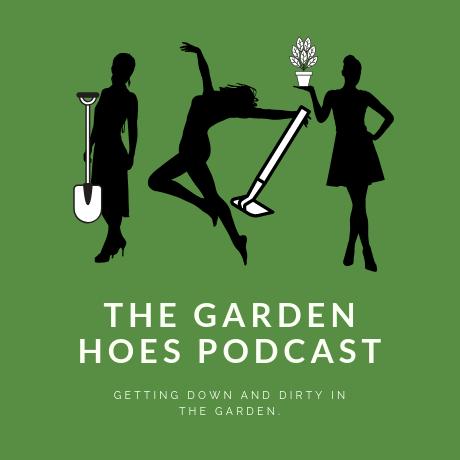 If you have a gardening dilemma or gardening questions join the Garden Hoes (Podcast) on their second installment of “Ask the Garden Hoes,” on Wednesday, June 24, 2020, from 11 am until 12 pm. This live webinar will address real-life gardening questions with a Q&A for participants. Feel free to submit your questions and photos ahead of time online:
If you have a gardening dilemma or gardening questions join the Garden Hoes (Podcast) on their second installment of “Ask the Garden Hoes,” on Wednesday, June 24, 2020, from 11 am until 12 pm. This live webinar will address real-life gardening questions with a Q&A for participants. Feel free to submit your questions and photos ahead of time online: 